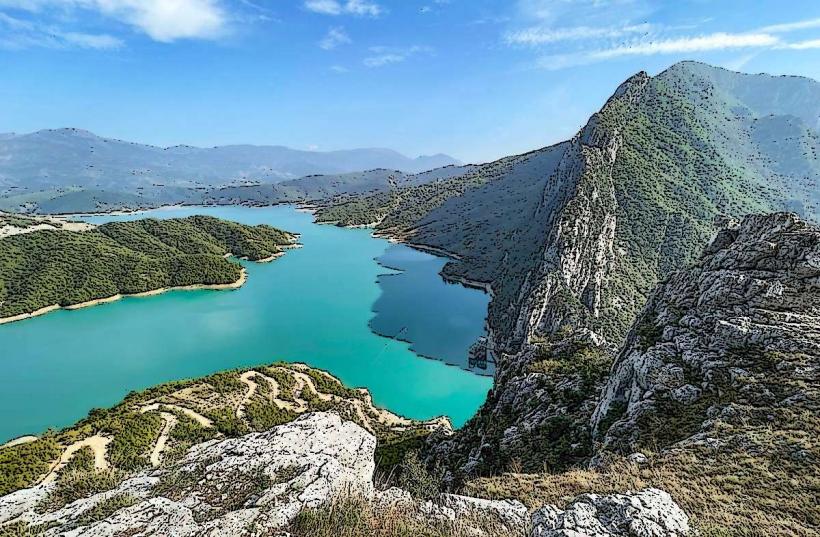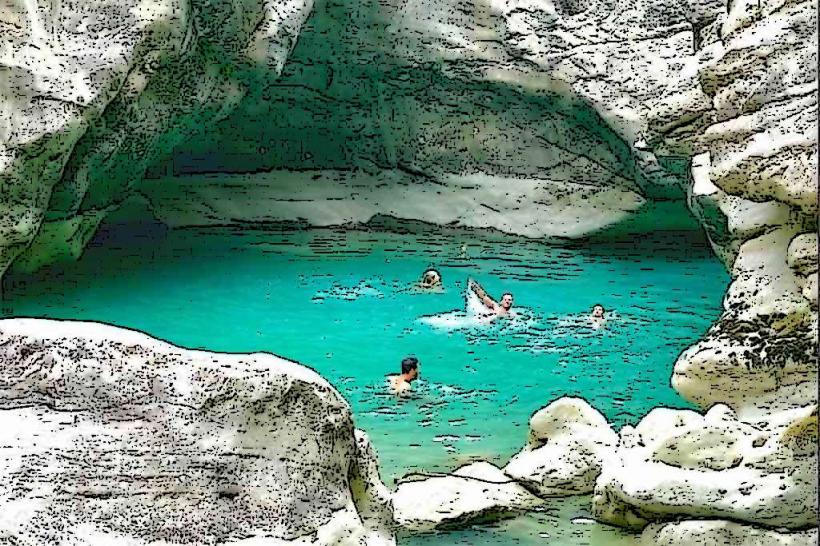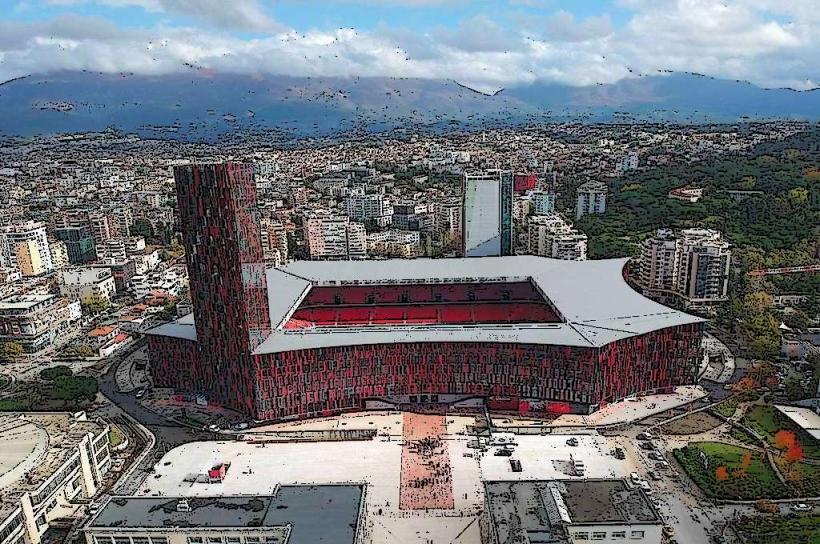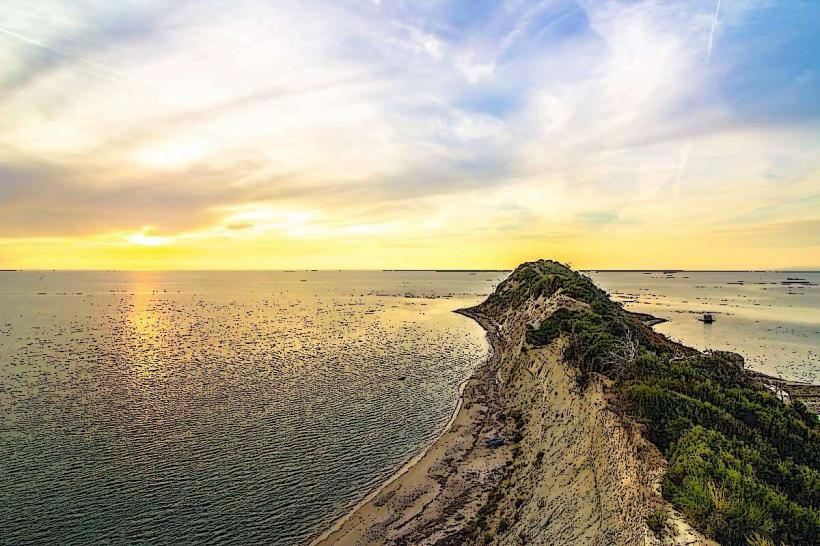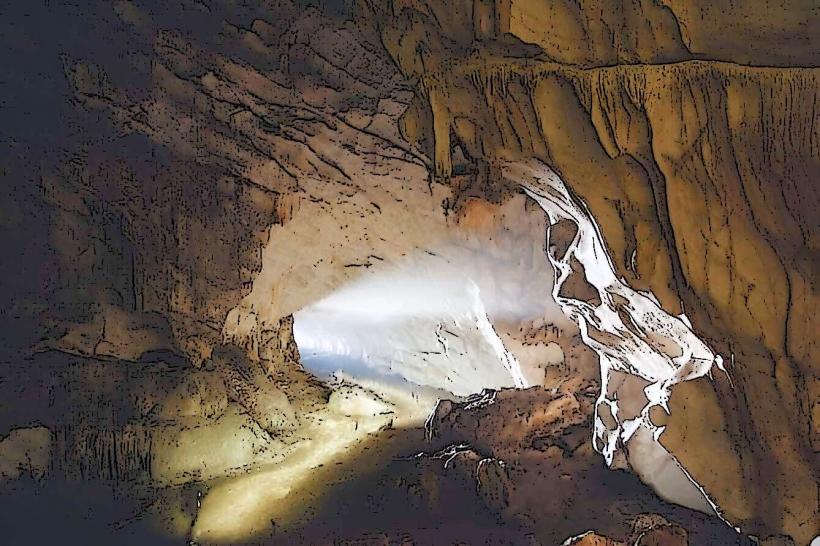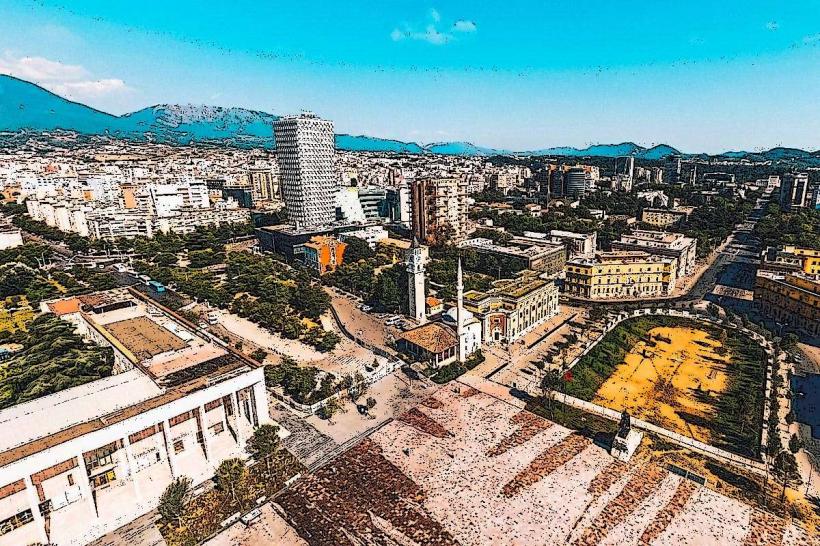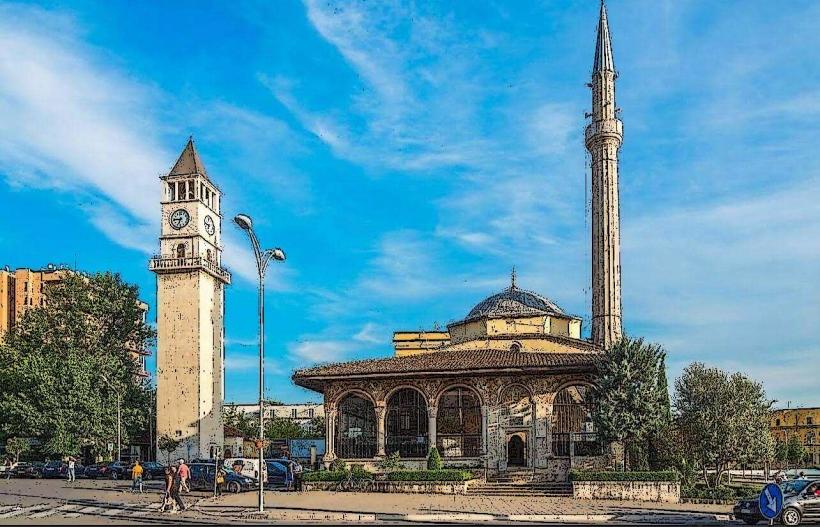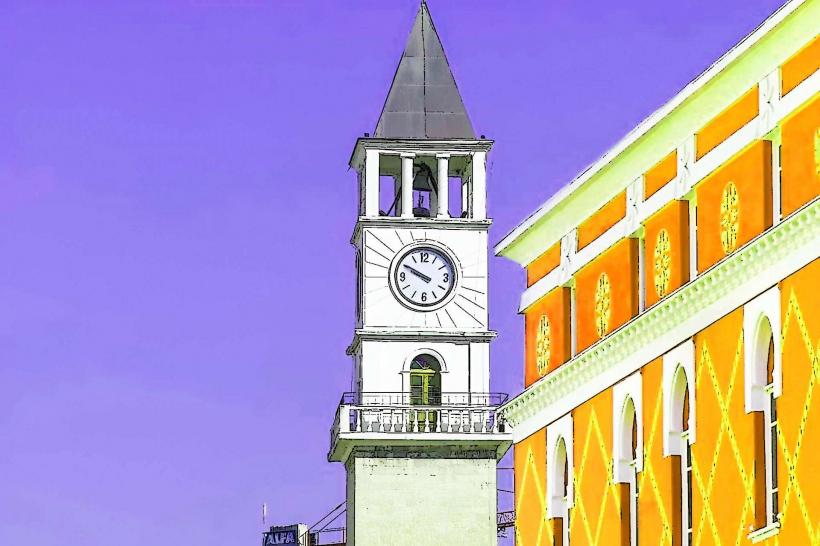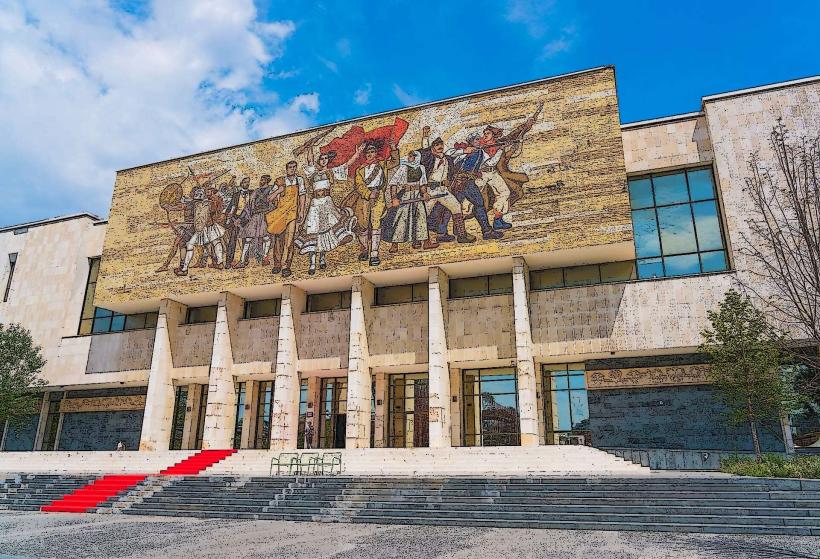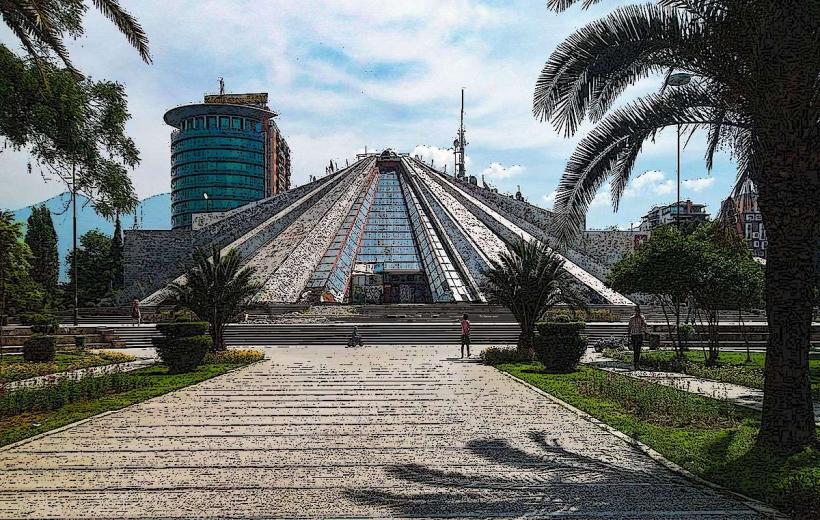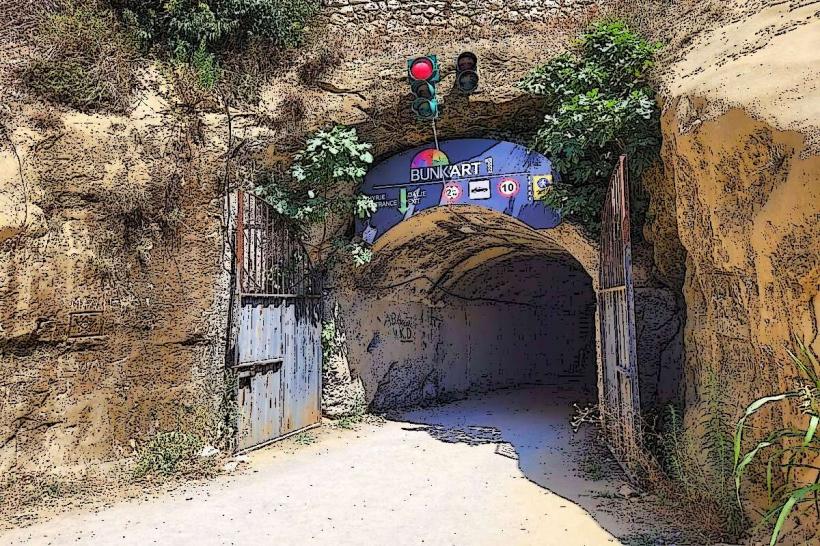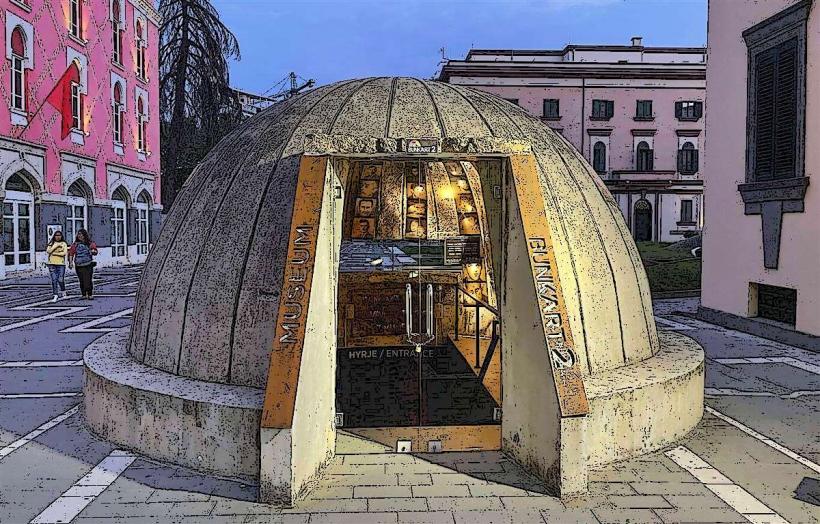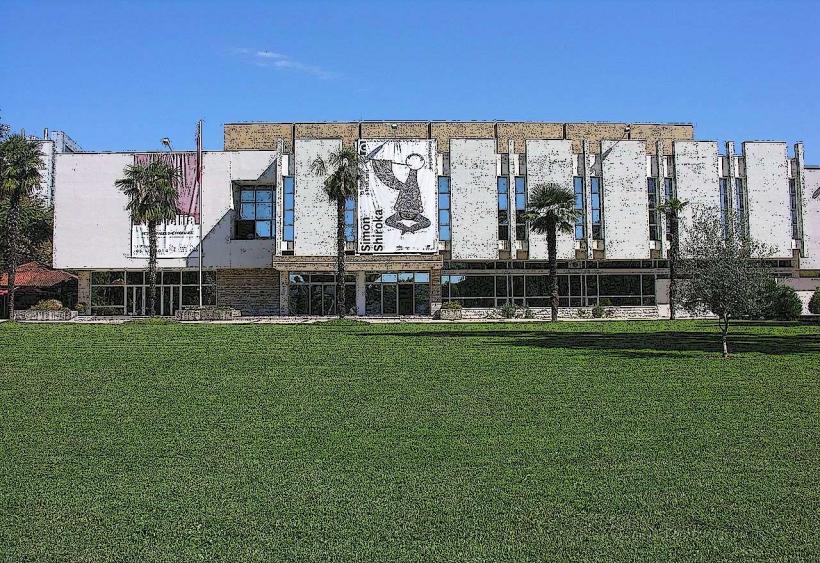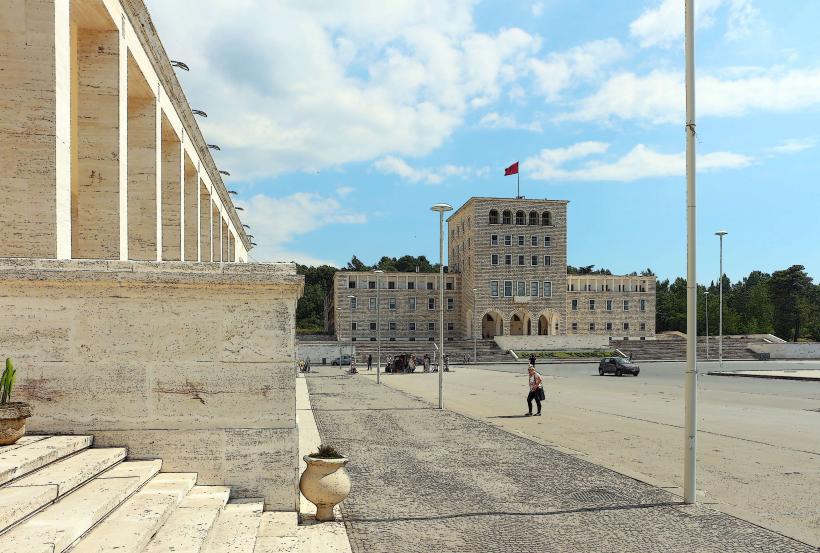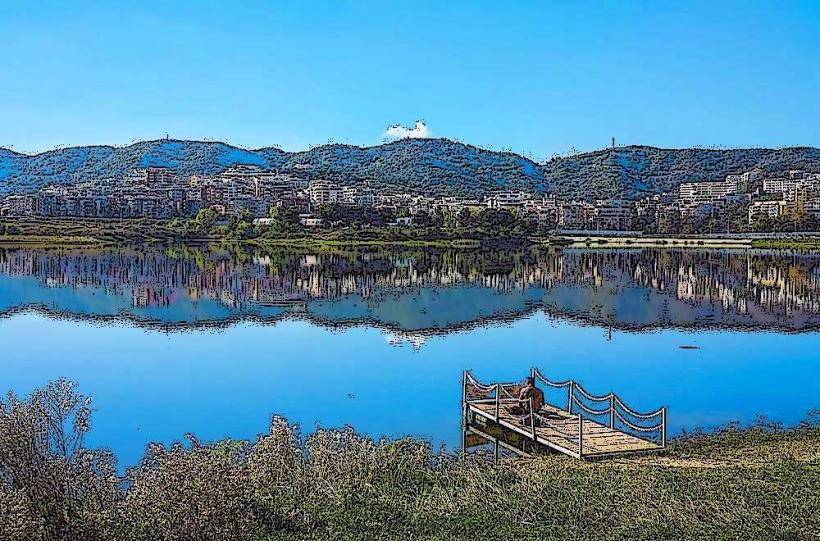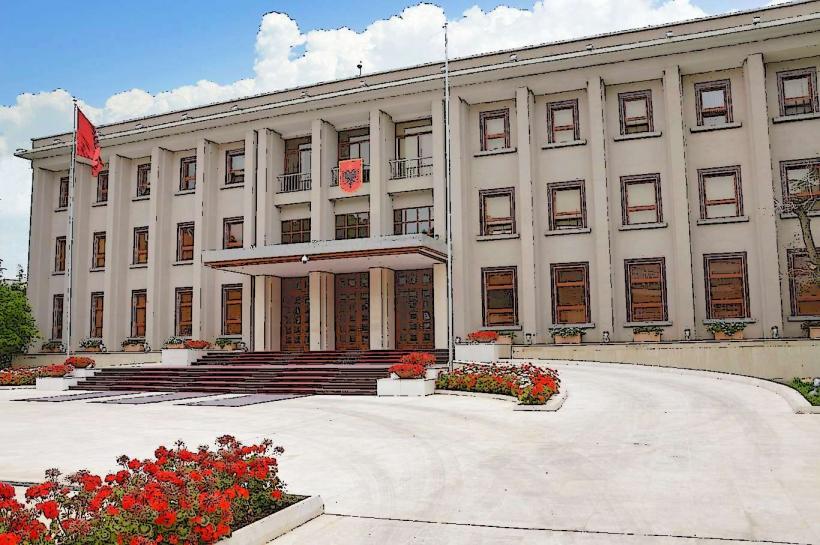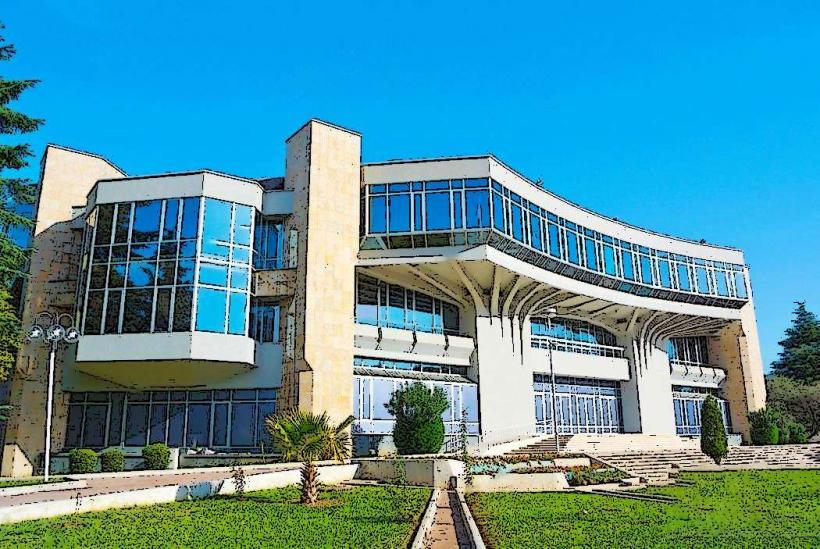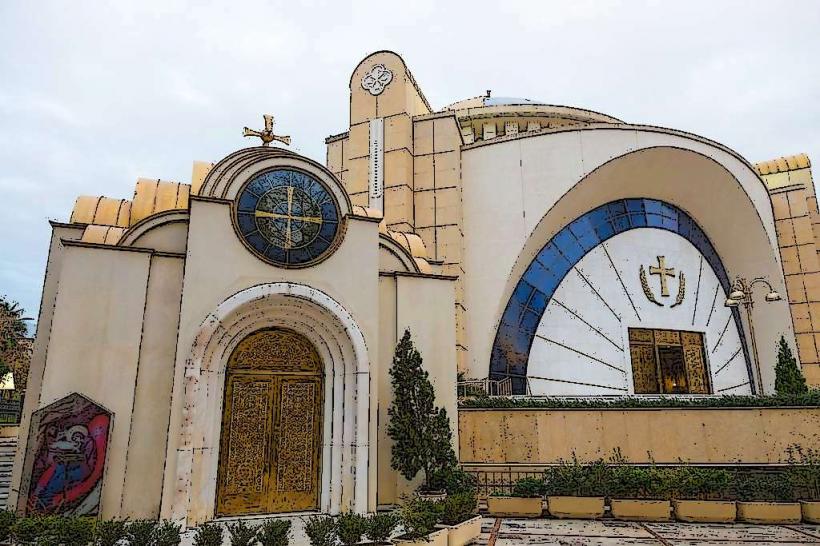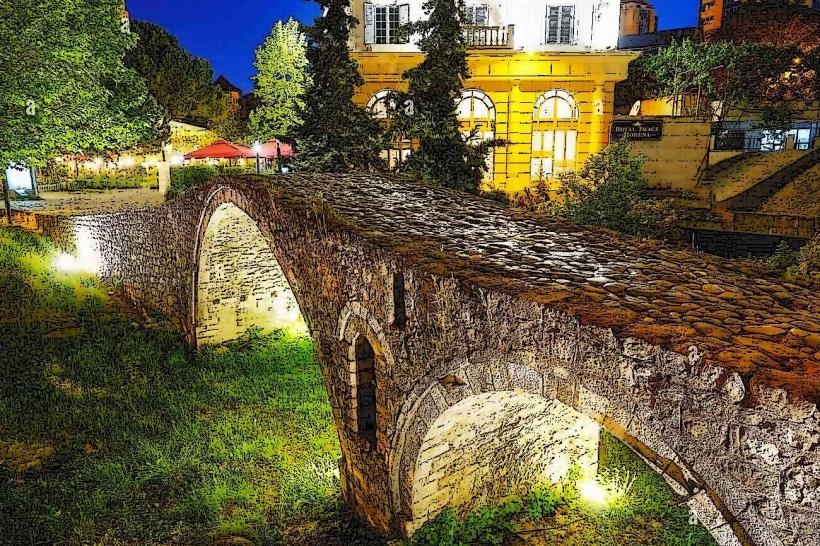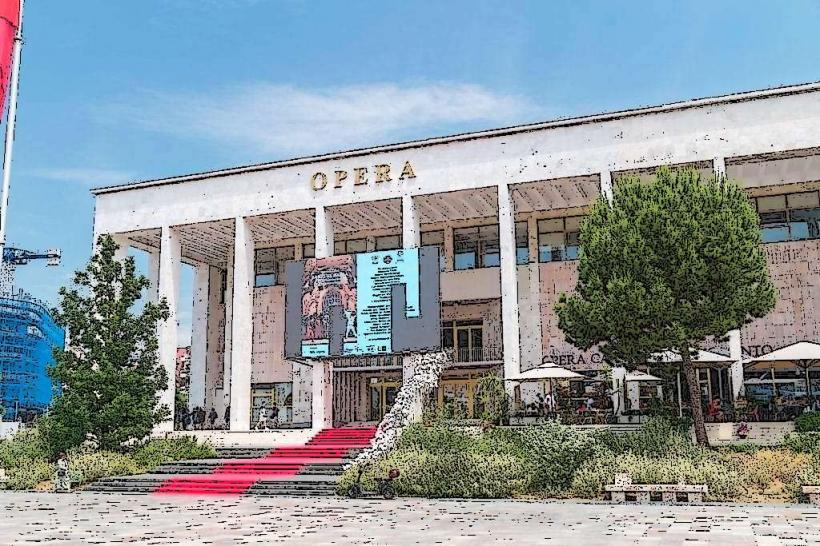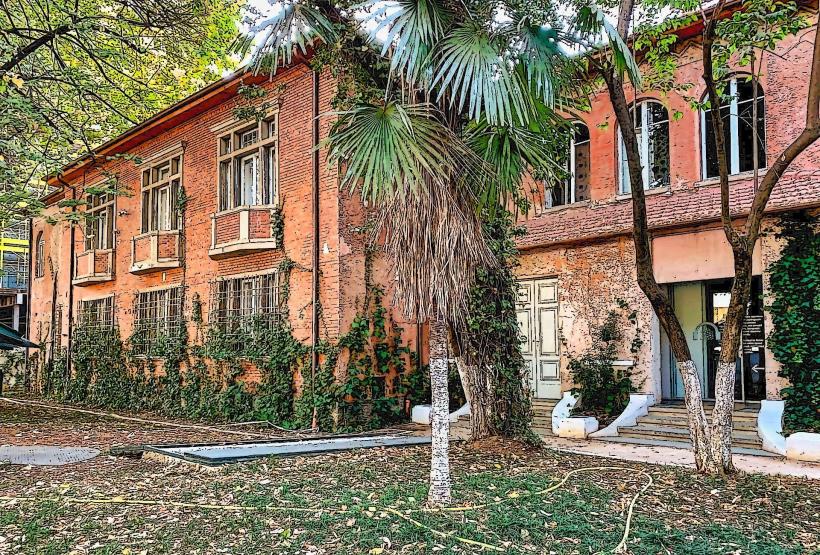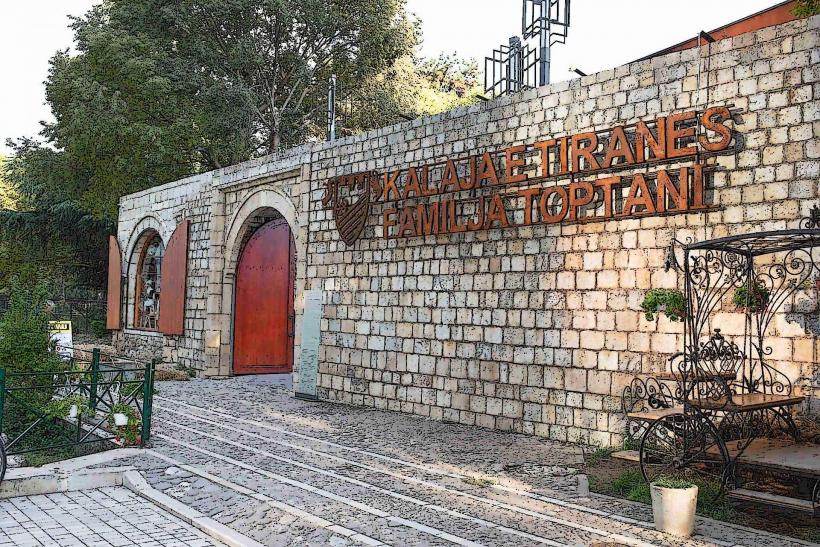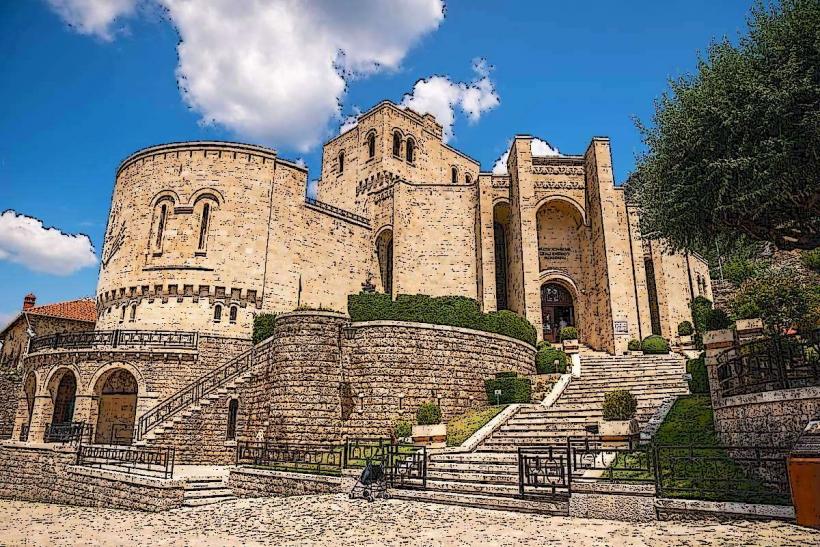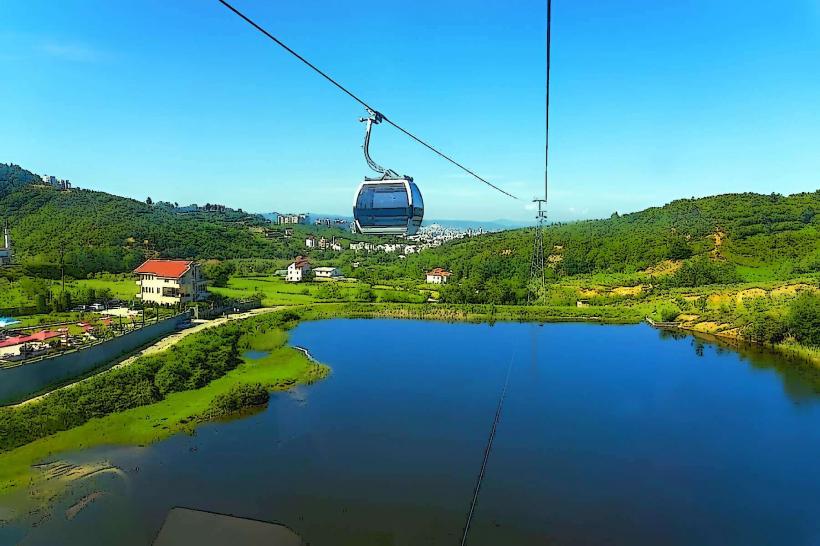Information
Landmark: Mosaic of TiranaCity: Tirana
Country: Albania
Continent: Europe
The Mosaic of Tirana is an important archaeological site located in the center of Tirana, Albania. It represents one of the most significant remnants of the Roman period in the city and provides a glimpse into the ancient history and cultural heritage of the region.
Location:
- The Mosaic of Tirana is located in the heart of the city, near Sheshi Skënderbej (Skanderbeg Square), which is the central hub of Tirana. The mosaic is situated in the archaeological park beneath the National History Museum of Albania, making it easily accessible for visitors interested in the city’s ancient history.
Historical Background:
- The mosaic dates back to the 3rd century AD during the Roman era and was likely part of a larger structure, possibly a Roman villa or a public building. It was discovered in 1966 during construction work near the city center and has since become a symbol of Tirana's long history.
- The site is believed to have been part of the city’s early urban development during the period when Tirana was known as Tirana under Roman rule.
Description and Significance:
- The mosaic is made of colored stones, arranged in intricate patterns and geometric designs that are characteristic of Roman mosaic art. It is one of the largest and most elaborate mosaics discovered in Albania.
- The mosaic floor depicts a variety of geometric patterns and motifs, as well as some figures and symbols that likely had religious or social significance. The richness of the design suggests that the building it was part of was of some importance, possibly a residence of a wealthy individual or a public building used for cultural or religious purposes.
Key Features of the Mosaic:
Geometric Patterns:
- The mosaic features a variety of geometric shapes, such as squares, circles, and diamonds. These patterns are typical of Roman mosaics, which often used tesserae (small, square pieces of stone or glass) to create intricate designs.
Figurative Elements:
- Some sections of the mosaic include figurative representations, such as motifs of animals, floral designs, and possibly human figures. These are believed to reflect the cultural and artistic influences of the time, combining both local traditions and broader Roman artistic styles.
Color Palette:
- The colors used in the mosaic are vibrant, with red, black, white, and yellow being the dominant hues. The careful selection of colors helped to create depth and dimension, and the overall aesthetic reflects the skill and craftsmanship of the ancient artisans.
Cultural and Religious Symbols:
- Some scholars suggest that certain elements of the mosaic may have been linked to pagan religious practices or social symbols, reflecting the spiritual and societal dynamics of the Roman Empire in the region.
Archaeological Site:
The Mosaic of Tirana is part of a larger archaeological site that includes other Roman-era ruins and artifacts. It is situated within an area designated for archaeological research and has been protected and preserved for public viewing.
The archaeological park surrounding the mosaic includes interpretive panels, which provide valuable information about the history of the mosaic, its discovery, and the importance of the Roman period in Tirana’s development.
Accessibility and Visitor Experience:
The Mosaic of Tirana is located beneath the National History Museum of Albania, and visitors can view the site while exploring the museum or taking a walk around the Sheshi Skënderbej area. The site is open to the public, and it is free to visit, making it a popular destination for both tourists and locals.
The surrounding area is easily accessible by foot, as it is close to several other important landmarks in Tirana, including Tirana’s Clock Tower, Et'hem Bey Mosque, and Skanderbeg Square, making it convenient to incorporate into a walking tour of the city.
Preservation and Future Plans:
The Mosaic of Tirana is protected by the Albanian government as part of the country’s efforts to preserve its rich historical and cultural heritage. As of now, the site is being carefully monitored and maintained to ensure that it remains in good condition for future generations.
There are also ongoing efforts to further explore and excavate other parts of the site to uncover additional elements of the ancient city that may provide more insights into its past.
Conclusion:
The Mosaic of Tirana is a fascinating and historically rich site that offers a glimpse into the Roman period of Albania’s capital. With its intricate designs and symbolic motifs, it provides valuable insight into the art, culture, and daily life of the ancient inhabitants of Tirana. For visitors to the city, it is a must-see site for anyone interested in Albania’s ancient history and archaeological treasures.

